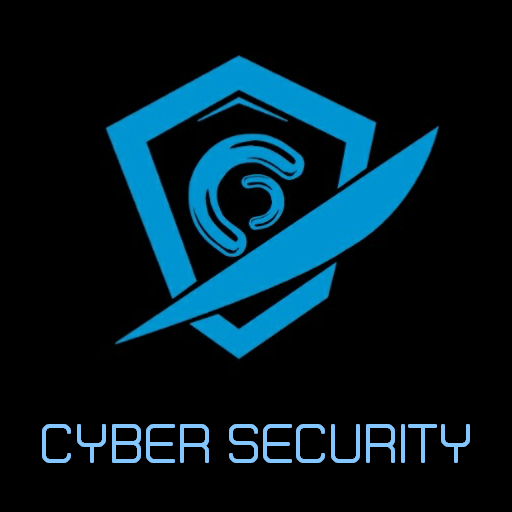CS50 Cybersecurity Securing Accounts in the Digital Age.
Harvard University’s CS50 course on Cybersecurity dives deep into the intellectual enterprises of computer science, shedding light on the practices that can help us secure our accounts. In this blog post, we will cover key concepts including passwords, two-factor authentication, credential stuffing, social engineering, and more.
Passwords: The First Line of Defense
Passwords have long been the cornerstone of online security. A strong password is your first line of defense against unauthorized access. It should be complex, ideally composed of a mix of letters (both uppercase and lowercase), numbers, and special characters. Avoid using easily guessable information, such as birthdays or common words. It’s also essential to use unique passwords for different accounts. This way, even if one password is compromised, other accounts remain secure.
Two-Factor Authentication: Adding an Extra Layer
To bolster security, two-factor authentication (2FA) is highly recommended. 2FA requires two forms of verification before granting access to an account. Typically, after entering your password, you may need to provide a code sent to your mobile device or use an authentication app. This additional layer of security makes it significantly harder for attackers to gain access, even if they successfully obtain your password.
Credential Stuffing: A Growing Threat
Credential stuffing occurs when attackers use stolen username and password combinations from one breach to infiltrate other accounts. This is possible because many individuals reuse passwords across multiple platforms. To mitigate this risk, utilizing unique passwords across different accounts is vital. Additionally, enabling 2FA can serve as an additional safeguard against such attacks.
Social Engineering: Manipulating Human Behavior
While technical measures are crucial, social engineering tactics exploit human psychology to gain access to sensitive information. Attackers may impersonate a legitimate individual or organization to manipulate users into revealing their credentials. Educating yourself about these schemes is essential. Be skeptical of unsolicited communications if something seems off, verify the source before providing any information.
Phishing: A Common Scam
Phishing is one of the most prevalent forms of cyberattacks, where attackers send fraudulent emails or messages that appear to come from legitimate sources. These communications often contain links that lead to fake websites designed to steal login credentials. To avoid falling victim to phishing, always double-check URLs and look for signs of suspicious content, such as typos or unusual requests for personal information.
Man-in-the-Middle Attacks: Staying Vigilant
In a man-in-the-middle (MitM) attack, a cybercriminal intercepts communication between two parties, allowing them to eavesdrop or manipulate the data being transferred. To protect against such attacks, always use secure connections (look for HTTPS in the URL) and avoid using public Wi-Fi for accessing sensitive information unless utilizing a VPN.
Single Sign-On: Streamlining Access
Single Sign-On (SSO) simplifies the user experience by allowing users to log in once and gain access to multiple applications without needing to enter passwords again. While convenient, it’s vital to ensure that the SSO provider employs stringent security protocols. Even with SSO, it’s wise to incorporate 2FA for added protection.
Password Managers: Your Digital Vault
Password managers are tools designed to store and generate complex passwords securely. They can help alleviate the burden of remembering multiple passwords while also promoting the practice of creating unique ones for every account. Using a password manager can significantly enhance your security posture.
Passkeys: The Future of Authentication
Emerging technologies like passkeys offer a modern alternative to traditional passwords. Passkeys utilize cryptographic methods for authentication, making them extremely difficult for attackers to exploit. They work seamlessly across devices, simplifying the login process while enhancing security. As adoption increases, passkeys represent a promising shift in how we secure our online accounts.
Conclusion: Stay Cyber Savvy
As technology advances, so do the tactics employed by cybercriminals. Understanding these concepts from Harvard’s CS50 Cybersecurity course is crucial in safeguarding your digital footprint. By adopting strong passwords, enabling two-factor authentication, and remaining vigilant against social engineering and phishing attacks, you can significantly enhance your security posture. Embrace modern tools such as password managers and passkeys to pave the way for a safer online experience.







